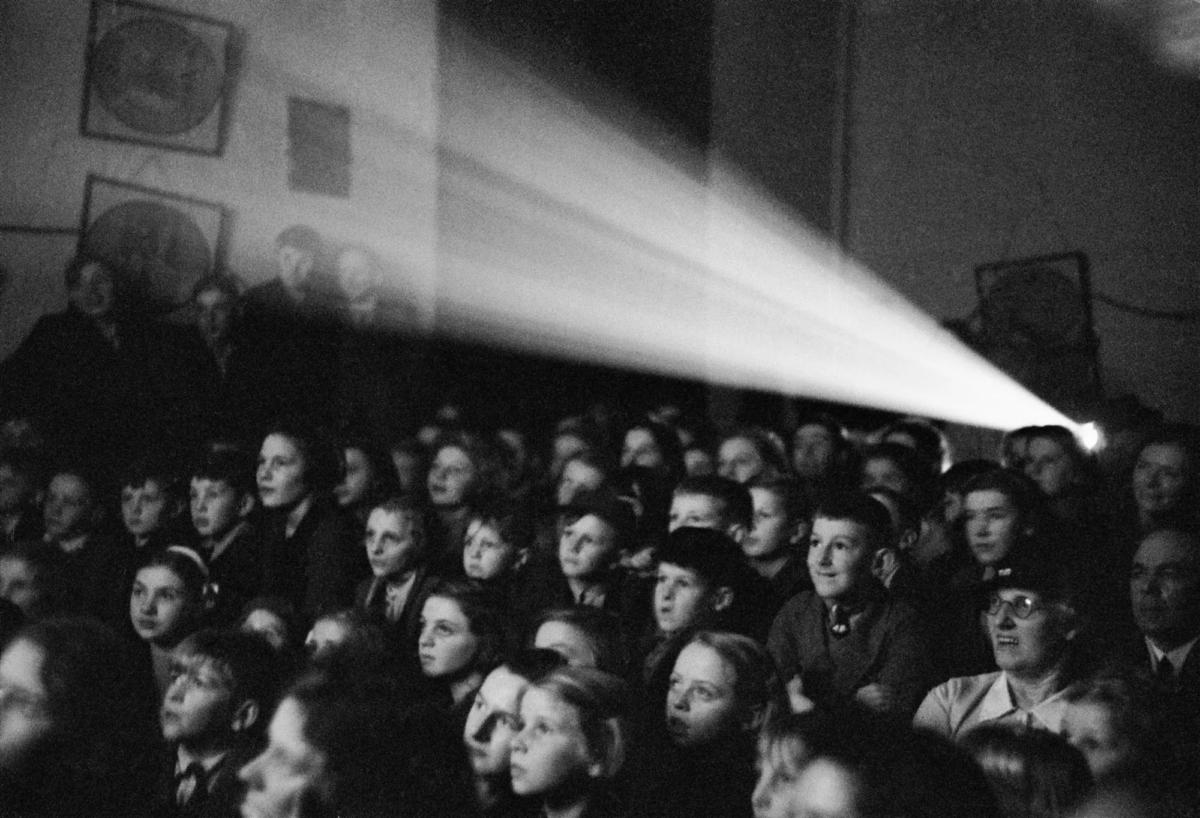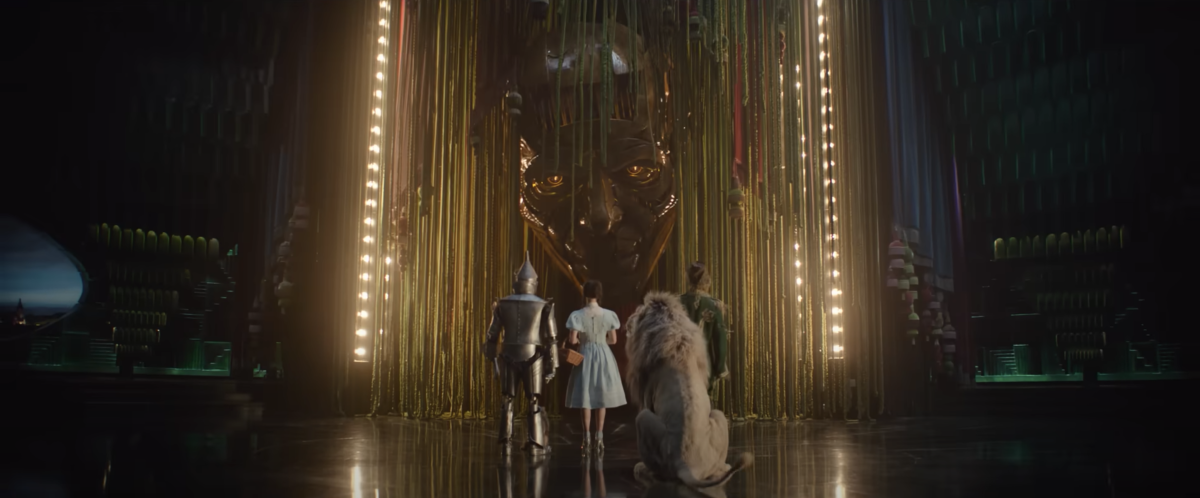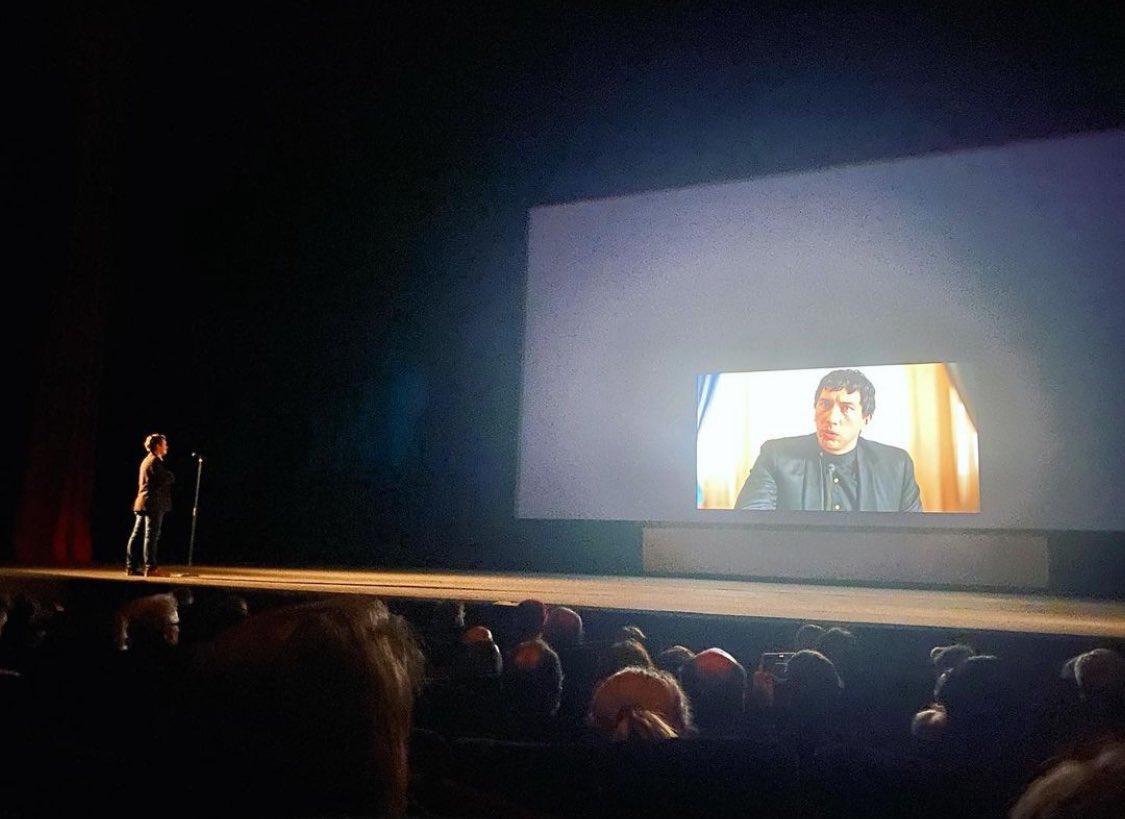This week’s readings on narrative form both highlighted distinctive time periods throughout film history, with Gunning focusing on the industry pre-1906 and the textbook on all films thereafter. Although the actual films during these times differed, one aspect remained (and continues to remain) the same: the relationship between the film and the spectator.

Prior to 1906, films were more of a “cinema of attractions” and didn’t have a complete narrative. They were often made as exhibitions of new technologies and machines, such as at the World Fair. Additionally, characters broke the fourth wall and often acknowledged the audience (i.e. – a magician winking at the camera after a trick). Between 1907 and 1913, films were “narrativized” and filmmakers began to develop a self-enclosed diegetic universe. What could have prompted this change? Did audiences during this time prefer these newer narratives to the earlier films that directly addressed them?

This change was pivotal to developing cinema into what it is today. As Gunning explains, “every change in film history implies a change in its address to the spectator”. In this case, the audience would no longer be “in the world of” or acknowledged by the characters of the film. Nevertheless, their role as a spectator became even more important. In modern times, social media is often a place where fans get together and share their thoughts on certain films (as opposed to earlier days where films would solely be reviewed by critics). Is it more stressful for filmmakers nowadays to appease the audience since “anyone can be a critic”? For example, if a negative TikTok review of a film goes viral, this could be detrimental for a film’s success, no matter how good it may be.
Prior to reading this chapter, I never realized how much thought goes into making a film even before writing the script. There are countless options to consider, and each one of them can change the overall understanding of the film.
As a prospective film major, this chapter was probably most beneficial to me so far. It really brought my attention to all the potential decisions to make when creating a film. One of the most interesting aspects of narrative form in my opinion is the relationship between plot and story. According to the book “the filmmakers have built the plot from the story, but the viewers build the story from the plot”. There are, however, countless ways for filmmakers to build the plot from the story. For example, the upcoming Wicked (2024) movie takes place in the same diegetic universe as The Wizard of Oz (1939). In both films, the same stories are simultaneously occurring, but the audience views the plot from a different lens based on what information and perspectives the filmmaker chooses to include vs. withhold.

Other than plot and story, other aspects of narrative form that can be manipulated include space, cause and effect, restricted vs. unrestricted narration, opening, closure, and duration. This raises the question of how many versions of a film exist (or are conceptualized) before the final one is chosen. Everything a film presents to us (the viewers) can and will be interpreted in different ways. As a result, the audience is always on the mind of the filmmaker. Therefore, I wonder what ultimately leads a director to choose the final variation of a film that they believe will land best with the audience? Are there other versions that could have done better commercially?

On a related note, there are some cases in which it seems as if the filmmaker doesn’t consider the audience at all. One example of this is Francis Ford Coppola’s 2024 film Megalopolis. This film was universally criticized on social media (and for good reason), with many believing that Ford made this film as his own passion project with little or no respect to the audience. Nevertheless, Megalopolis does call back (whether intentional or not) to pre-1906 cinema in which the audience were “inside the world of” the film. During the screening, there is a unique interactive experience in which a member of the audience can “speak to” the main character of the film. Despite the atrocity that is this film, I will give it to Coppola that this idea is very innovative and unique.